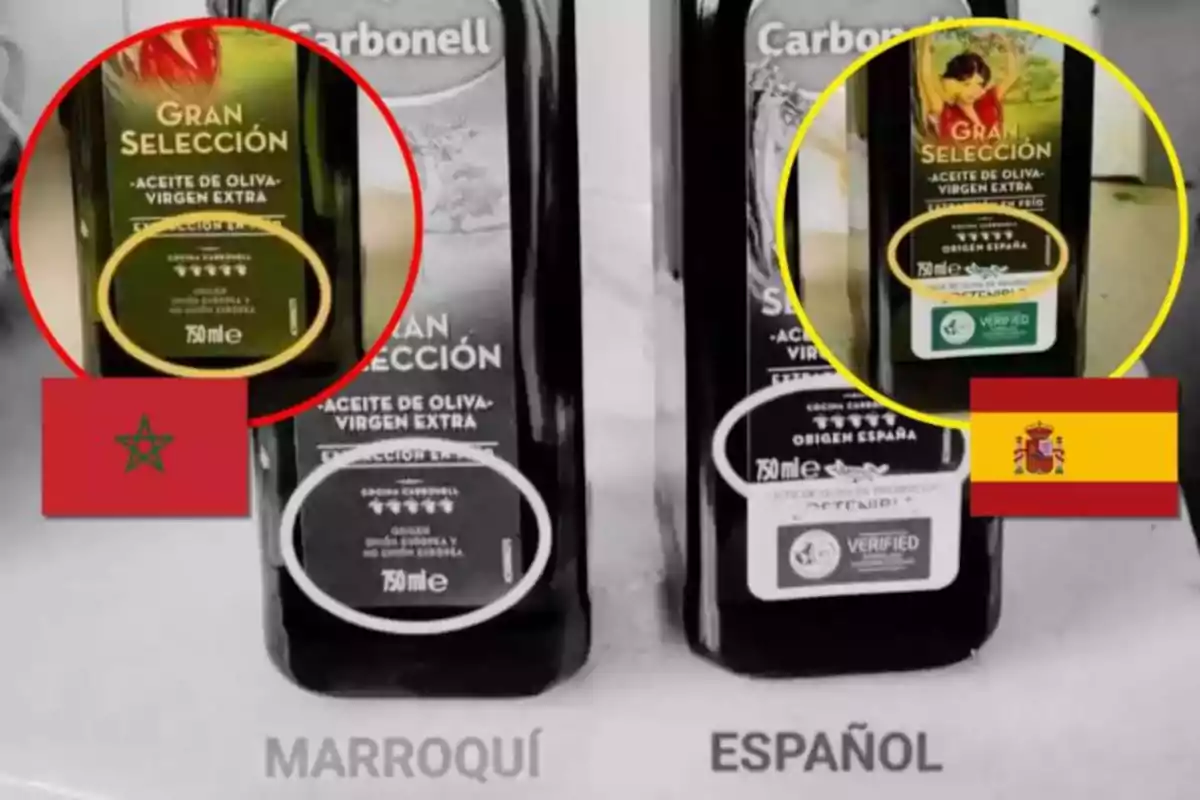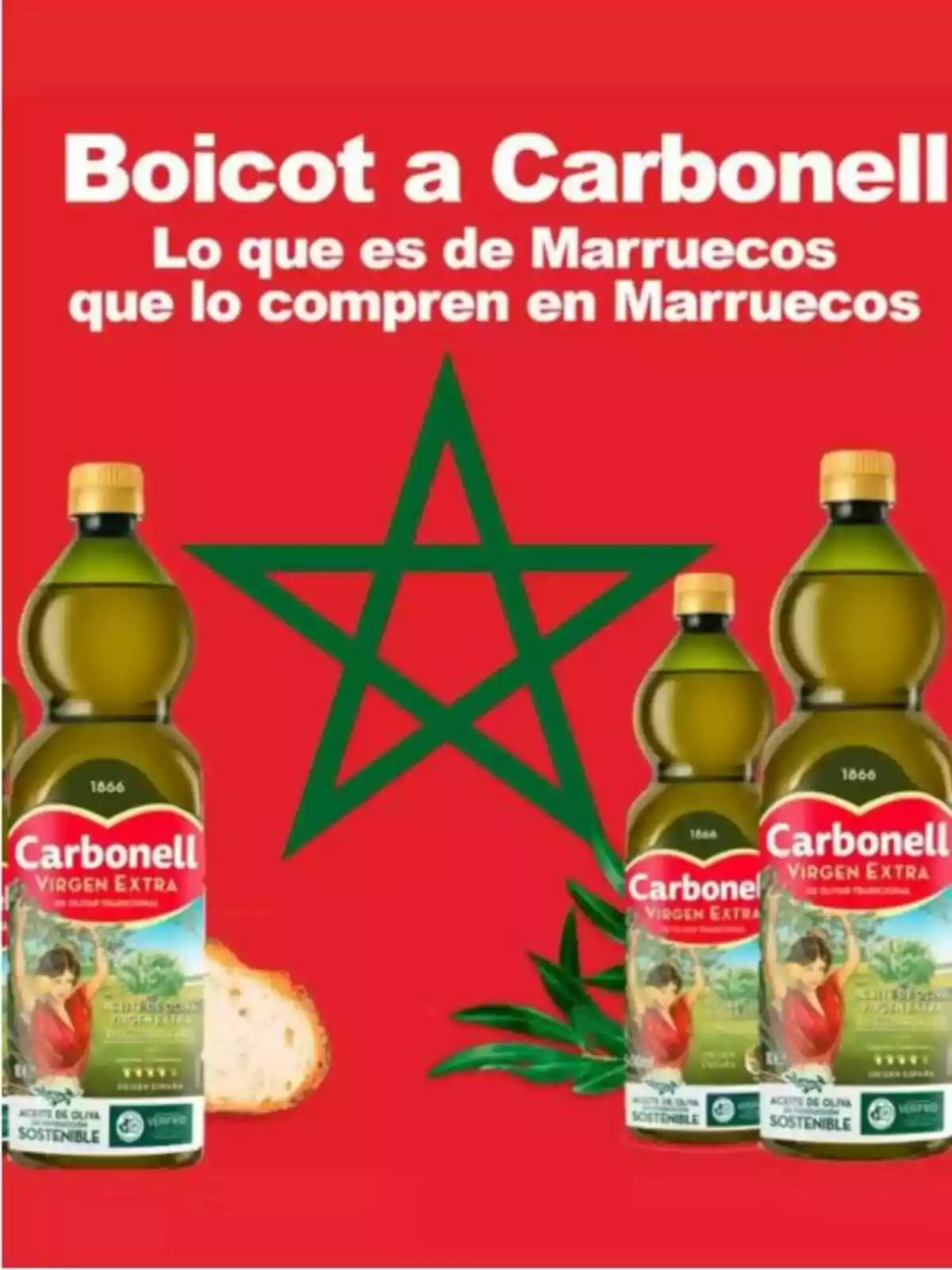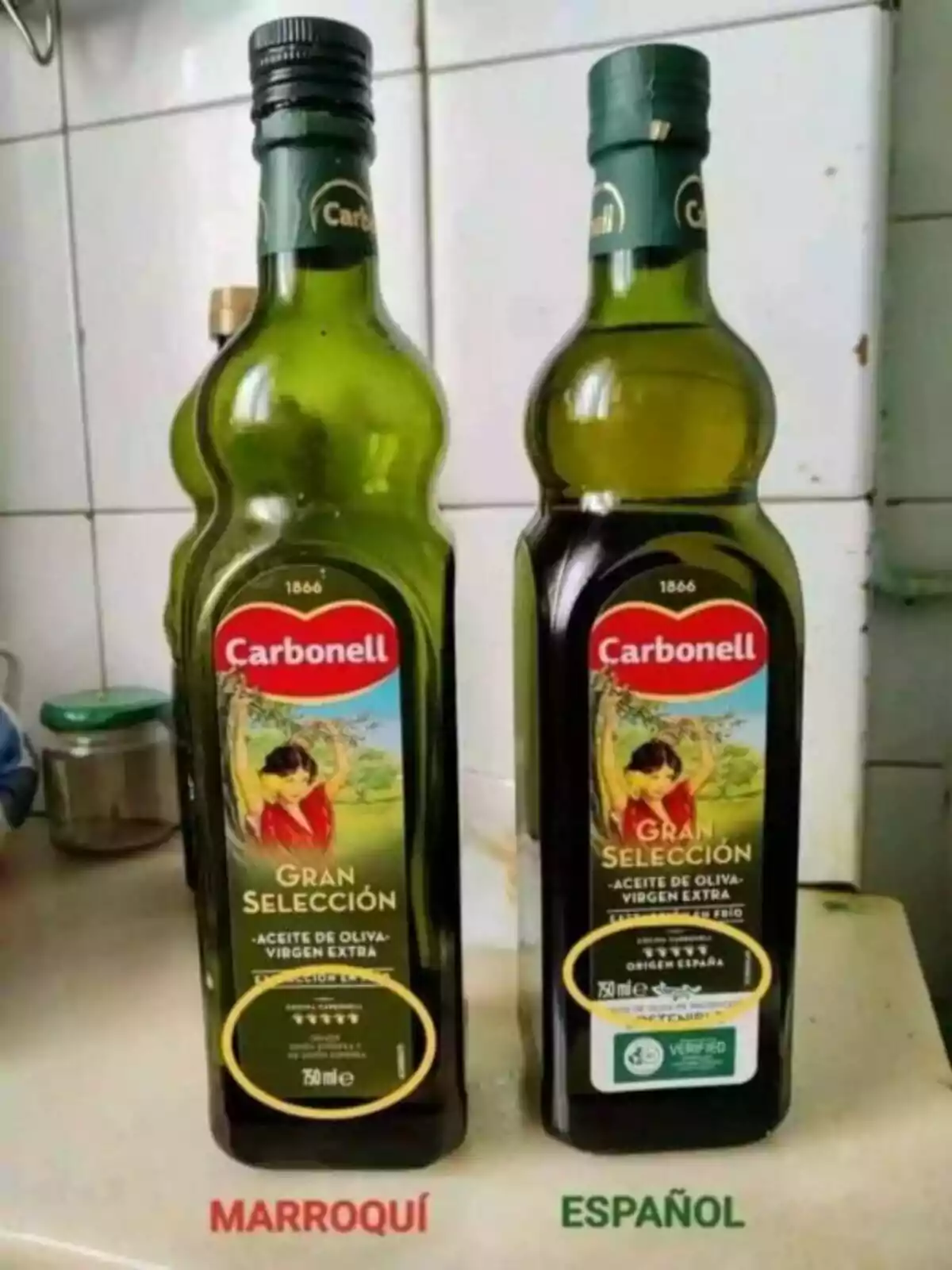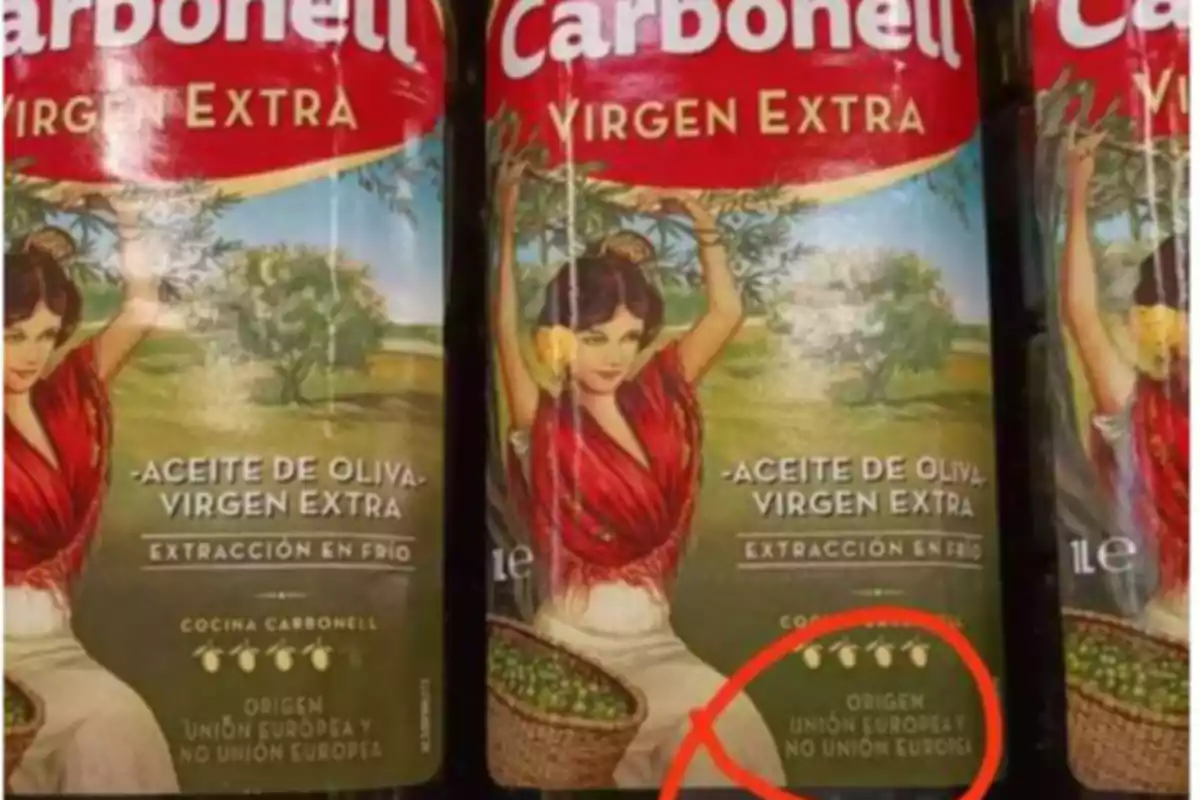
How to Know if Olive Oil Is from Morocco or Spain?
A campaign to boycott major brands for selling products of Moroccan origin has started on social media.
The olive oil brand Carbonell is at the center of a controversy after a boycott campaign went viral on social media. This is due to the use of supplies from Morocco.
The protest, driven within the framework of the farmers' strike, highlights the sector's concern about unfair competition. Which, they claim, is due to the lack of regulations equivalent to those of the European Union on imported products.

The indignation of field workers has manifested in various actions, from calls for boycotts on social media to the destruction of Moroccan products on Spanish roads.
In the case of Carbonell, consumers have begun to differentiate between oil made exclusively with Spanish olives and that which contains Moroccan raw material. This is a measure to support national production.

The movement not only seeks to protect local farmers but also to raise awareness about the importance of knowing the origin of food. Through social media posts, informed purchasing is promoted, prioritizing products that meet European quality standards.
This phenomenon highlights the growing interest of consumers in traceability and transparency in the food industry. As well as the impact that digital mobilizations can have on purchasing decisions.

This Is the Trick to Know If Strawberries Are from Morocco or Are Nationally Produced
Amid concerns about the origin of strawberries following the detection of Hepatitis A in some batches months ago, a method emerged for consumers to verify their origin.
This trick was presented on the program La Mirada Crítica on Telecinco, where the available tools to verify the country of origin of products were explored.
During the broadcast, the program's team visited a fruit shop and explained that the key to identifying the origin of strawberries lies in the EAN code. It is a number printed on the barcode. This labeling system provides detailed information about the origin of the merchandise, although it is necessary to know how to interpret its structure to use it correctly.
The Barcode, the Key to Identifying the Origin of Strawberries
The EAN code, present on product labels, allows consumers to know their country of origin through its first digits. Generally composed of 13 numbers, although in some cases it may have 12 or 8. This code works similarly to a postal code, assigning a specific combination to each nation or region.
According to the program La Mirada Crítica, Spain is identified with the prefix 84, while products from Morocco carry the code 6111. With this information, buyers can easily verify where strawberries and other products come from by checking the barcode on the packaging.
More posts: